
About This Quiz
"Are you ready to put your animal knowledge to the test? Dive into our fun quiz featuring 40 of the world's most fascinating creatures. From white-tailed deer to aye-ayes, see if you can name them all!
Get ready to be surprised by the diverse range of animals we've included in this name that animal quiz. Test yourself on creatures from every continent and challenge your friends to see who knows the animal kingdom best. With cute images and fun trivia, this quiz is sure to brighten your day!
Whether you're a wildlife expert or just love adorable animals, this quiz is for you. Sharpen your skills from mourning doves to sloth bears and discover new species along the way. Scroll down to get started and show off your animal smarts!
"Known as the unicorn of the sea, narwhals are primarily found in the Arctic Ocean. They are easily identified by the long spike that protrudes from their heads, but it's actually a really long tooth! Sadly, narwhals are on the edge of extinction.
They might look like an adorable hamster, but jerboas are more like small kangaroos with long tails. Jerboas are desert rats that use their long tail to balance them while they hop. They have been known to have the ability to hop over 10 times the entire length of their bodies.
The Arctic tern is sometimes called the Antarctic tern because they prefer to mate in Antarctica before returning to the Arctic region. During the course of their life, an average Arctic tern will travel of 25,000 miles!
Advertisement
Until only a few years ago, both known types of desert tortoise were lumped together as one species. Today, the two species are known as the Mohave tortoise and the Sonoran tortoise. Because they spend up to 95% of their lives hiding from predators in burrows, desert tortoises are considered extremely shy.
If you were hiking in the American southwest's deserts, you would want to steer clear of Gila monsters. While their bite is not life-endangering to humans, it is very painful. Gila monsters are a close relative of the Mexican bearded lizard. It is venomous, too!
Jackals thrive in the desert regions of Africa. One of the only species of canines to also eat plants, jackals prefer to go hunting when the sun is coming up or going down. They are smart scavengers that prefer to stay out of the scorching sun.
Advertisement
Weighing in at up to 1,600 pounds and standing nearly 6 feet tall while on all fours, the polar bear is quite the formidable apex predator. Also considered a marine animal, the polar bear survives by eating seals, whales and walruses.
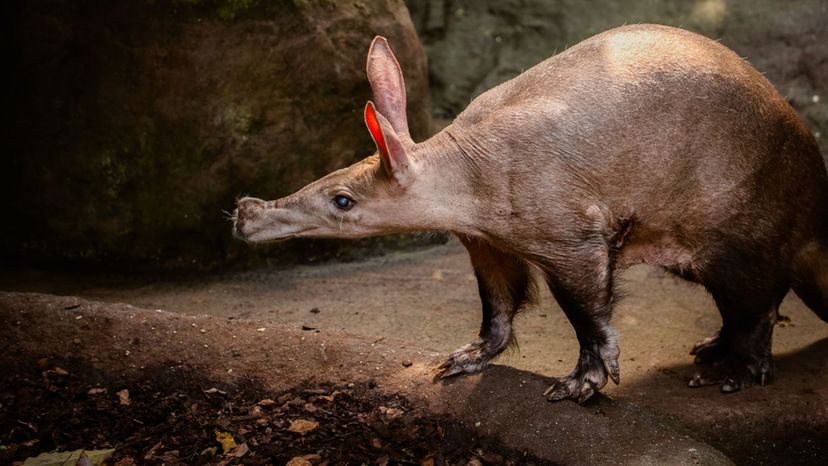
Not to be confused with an anteater, aardvarks prefer to eat termites. As a nocturnal creature, aardvarks are primarily active during the late evening and early morning hours. They can weigh up to 180 pounds, and they love to dig with their huge front claws.
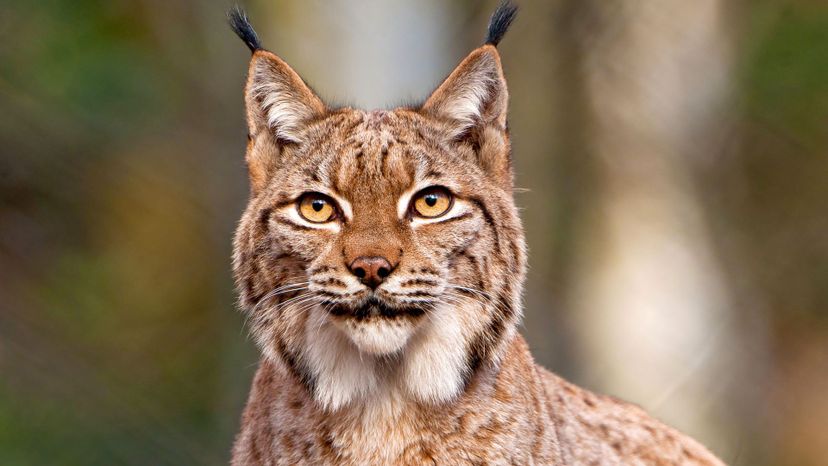
Although the lynx lives in North America, Asia and parts of Europe, you will probably never see one. A nocturnal cat that prefers to eat small game and birds, the lynx uses both the fur on its ears and its amazing eyesight to hunt at night.
Advertisement
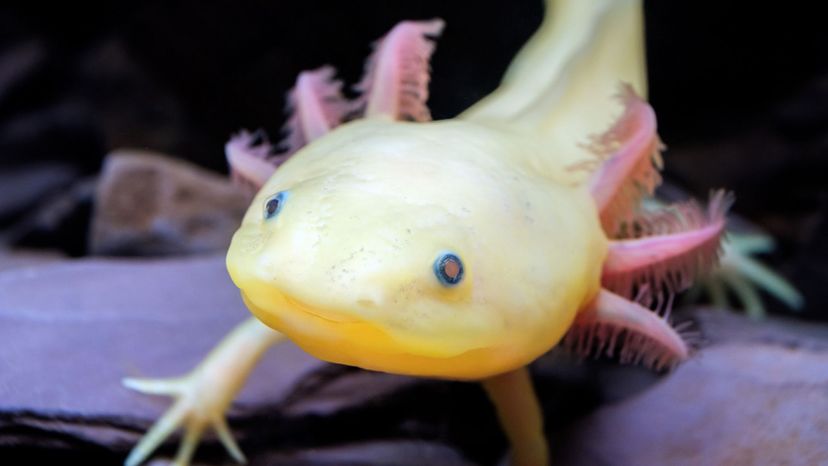
Unlike their cousin the salamander, axolotls are one of the few amphibious animals that spend their entire life in the water. Living up to 15 years, axolotls can grow up to a foot long and usually weigh in at about half a pound.
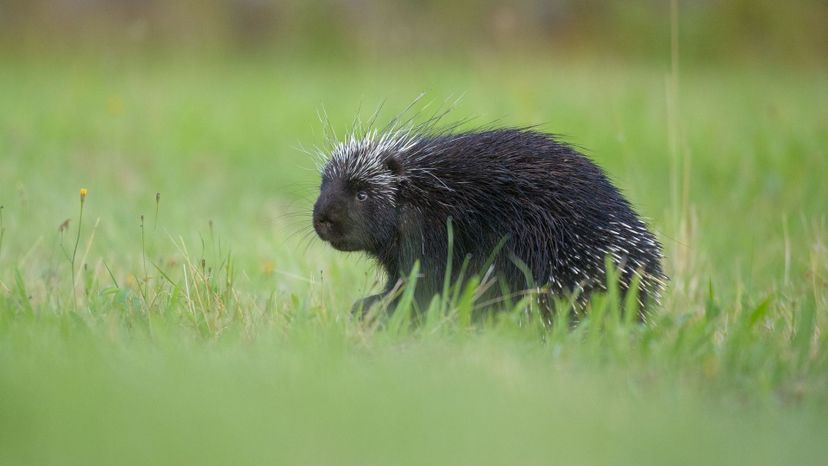
The porcupine's Latin name, Hystricidae, translates to "quill pig." While porcupines prefer to eat plants and they mean you no harm, you wouldn't want to force one to defend itself by deploying its quills. At up to 35 pounds, you would regret your encounter.
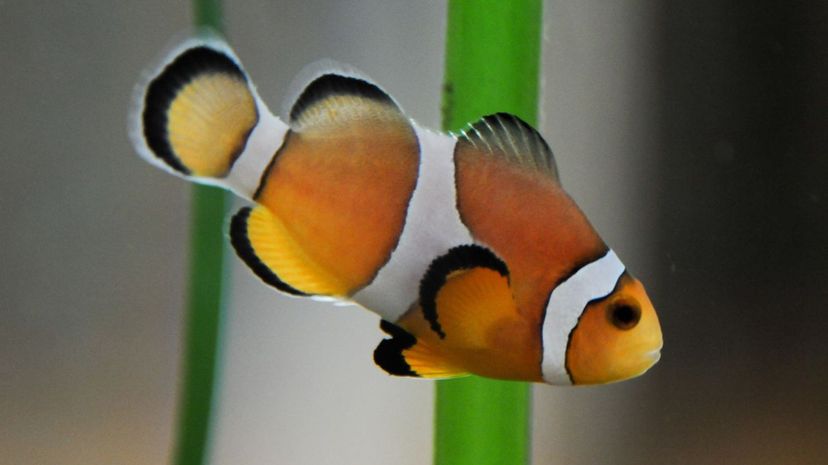
Also called the clown anemonefish, the clownfish was made a popular aquarium pet after becoming the star of "Finding Nemo." Naturally found in coral reefs off the coast of Australia, clownfish only grow up to four inches long.
Advertisement
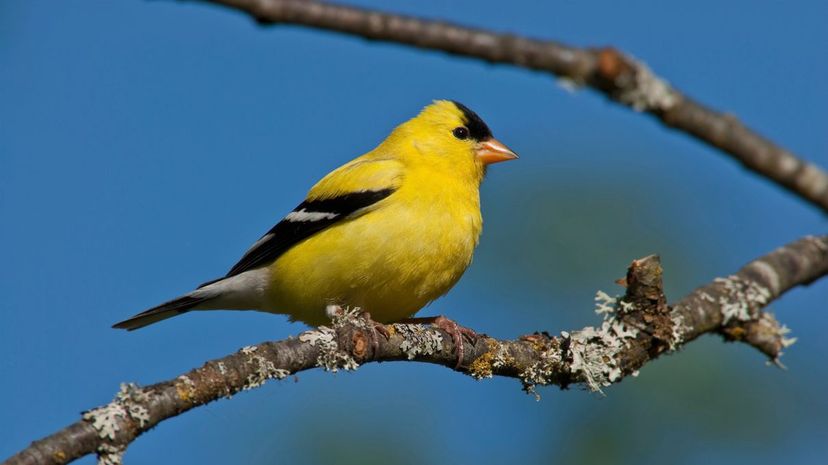
As a diurnal bird, the American goldfinch prefers to live and to hunt during the day time. Living on a diet consisting of seeds, both male and female goldfinches sport thicker brown feathers during the winter months.
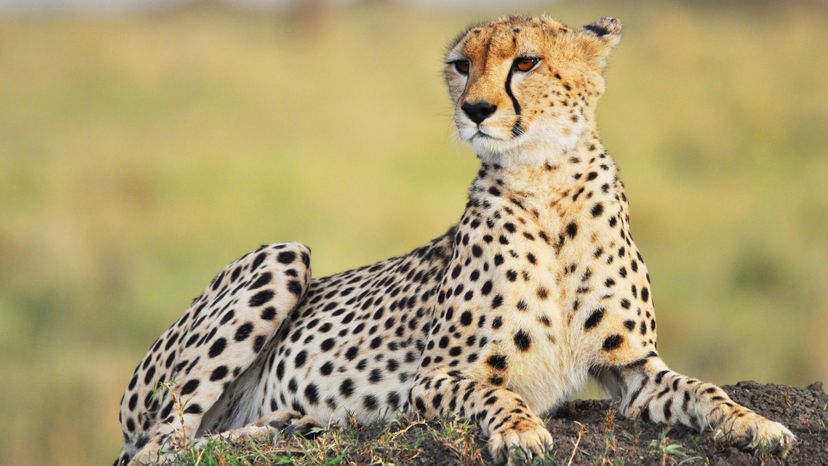
When the cheetah gives birth, it usually has two or three cubs that stick by its side until around age 16 months. Although cheetahs can chase after prey at speeds of up to 60 miles per hour, it needs about 30 minutes to catch its breath before it can dine.
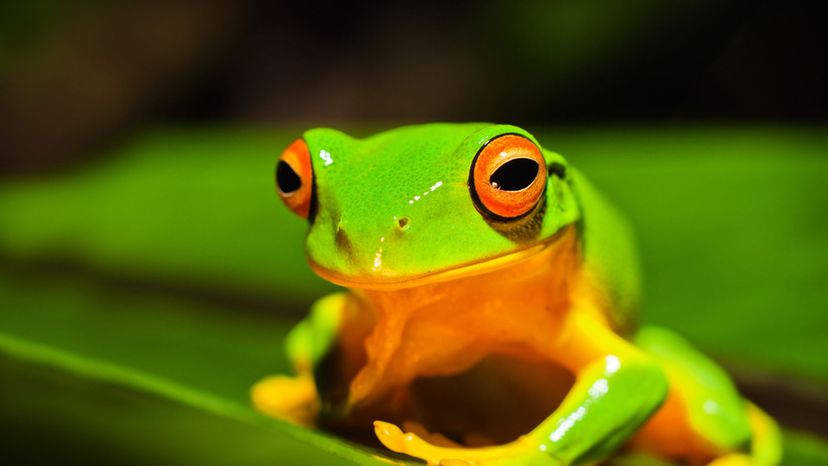
The red-eyed tree frog uses those big peepers to scare away predators. Active only at night, red-eyed tree frogs are known to lay their eggs on a leaf that hangs over a body of water. When the eggs hatch, the tadpoles simply fall and swim away.
Advertisement
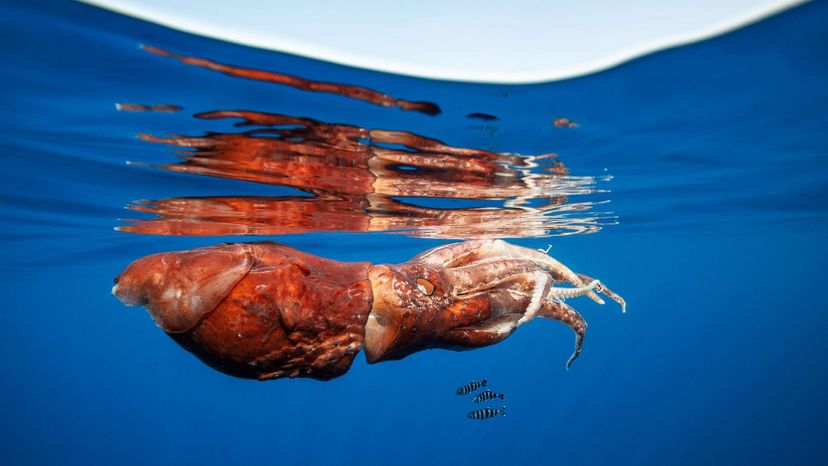
At a length of 33 feet long, the giant squid is a great source of sailing legends. In order to move around the ocean, the huge beast takes water in through its mantle and forces it out to reach speeds of up to 25 mph.
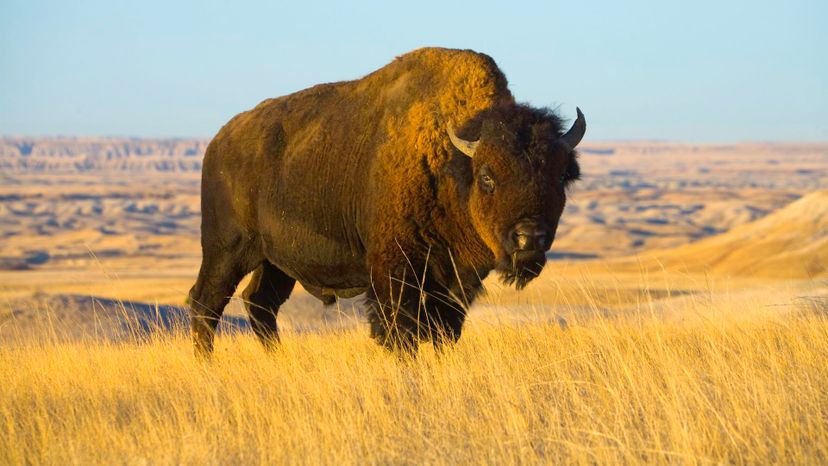
The American bison might not look like it's capable of reaching speeds of up to 40 miles an hour, but we don't recommend asking it to charge to prove it. Male and female bison live mostly separate lives until mating season. Then, they combine the herds for breeding.

According to science, chameleons do not change their color to match camouflage themselves in their environments. They change color according to their moods. Like a mood ring, you can tell what sort of signal a chameleon is sending by the way they change their appearance.
Advertisement
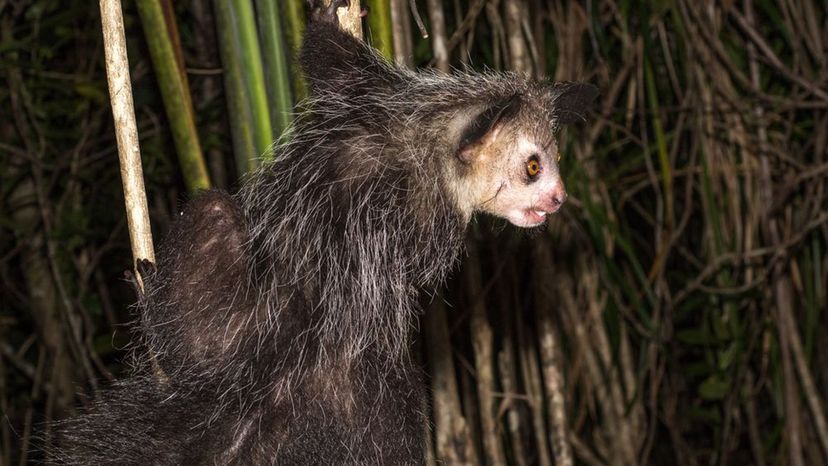
Weighing in at about four pounds, the aye-aye can be quite an alarming sight to those visiting Madagascar. With its rat-like appearance, it is found using its extra long finger to tap tree bark for week spots to locate larva and other tasty bugs.
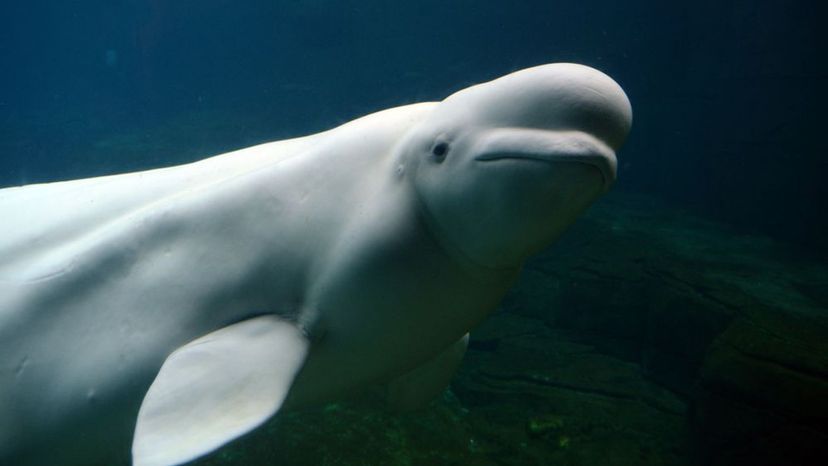
Living in pods along the Arctic coast, Beluga whales are known for their striking white color. Unlike other whales, Belugas have the ability to turn their heads and look around. They are also a close relative of the narwhal.

If there's one word that can be used to describe a wolverine, it is "ferocious!" Although wolverines only reach around 34 inches tall and weigh in at under 30 pounds, they are some of the most vicious types of weasels found in the northernmost regions of North America.
Advertisement
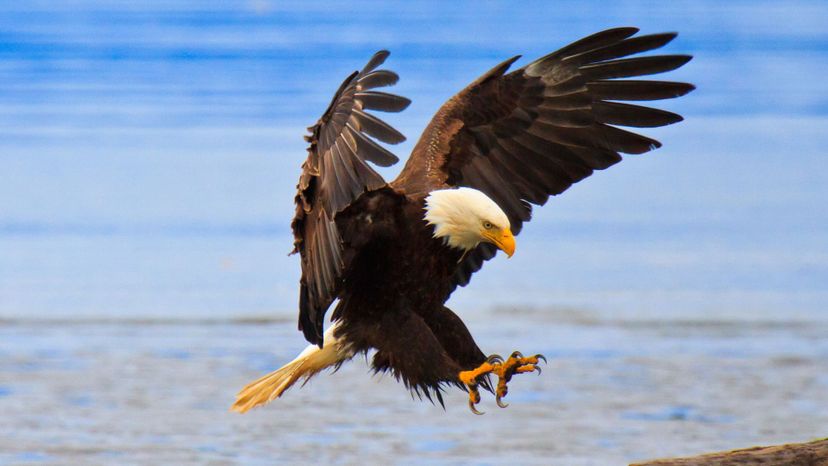
Known as an iconic symbol of American patriotism, the bald eagle has bounced back from near extinction. As you can see, the bald eagle is not really bald. Its name comes from the olde English word piebald, which means white.
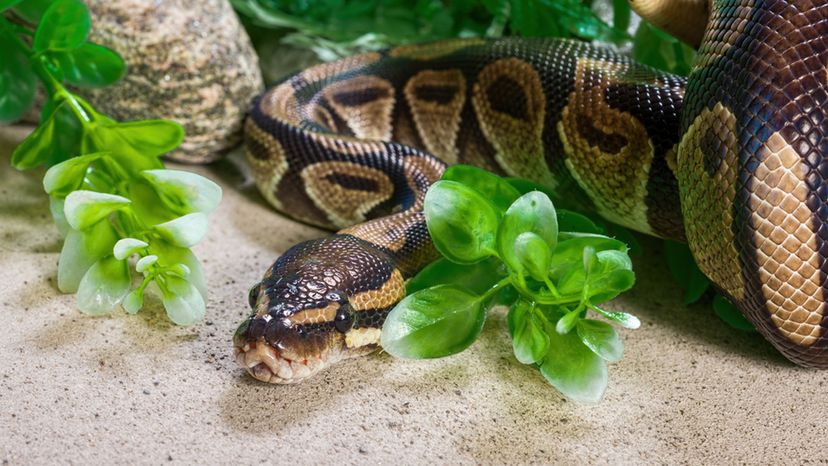
When Burmese pythons are young, they spend most of their lives in trees. As they age and grow to up to 24 feet long, they prefer to stay on the ground closer to the rodents and the small game they like to eat.
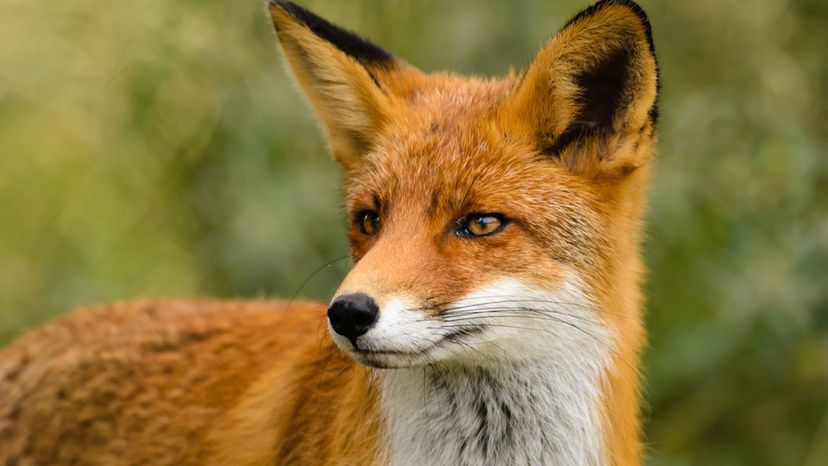
Although red foxes prefer to eat small animals, they will adapt and eat vegetation when necessary. Thriving in many different environments around the world, the female red fox can give birth to a dozen pups at a time!
Advertisement

After centuries of living a fairly undisturbed life in Mongolia, environmental changes are pushing the taimen to near extinction. A salmonid relative of trout and salmon, this hungry fish species is known to eat almost anything in their paths including ducks and other taimens.
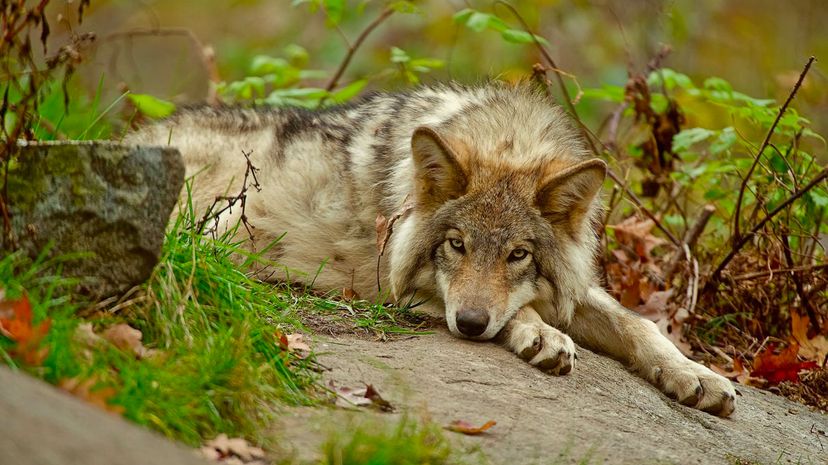
Once found all over the northern hemisphere, the gray wolf has been forced to move to avoid being hunted into extinction in Europe. Now living primarily in the deserts of North America, the gray wolf can reach an intimidating weight of up to 175 pounds.
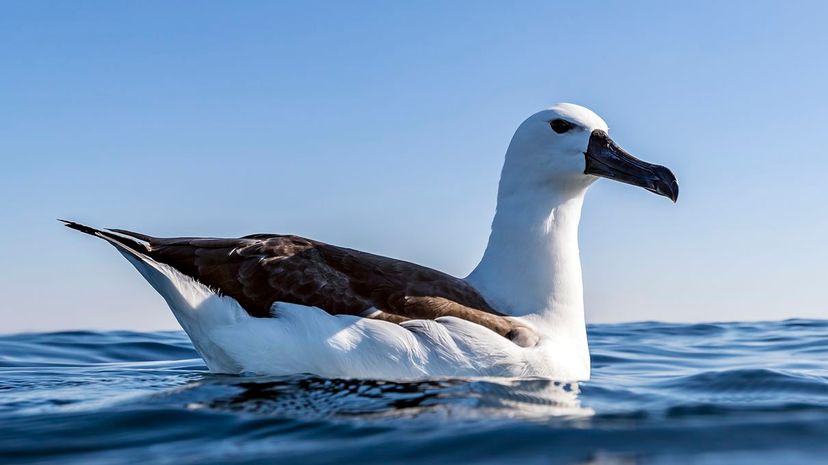
Feeding primarily on squid and fish, the albatross can be quite a sight to see. With a wingspan measuring up to 11 feet across, its white feathers and long, yellow bill mark its distinctive looks. Some species of the bird are known to live for up to 50 years.
Advertisement
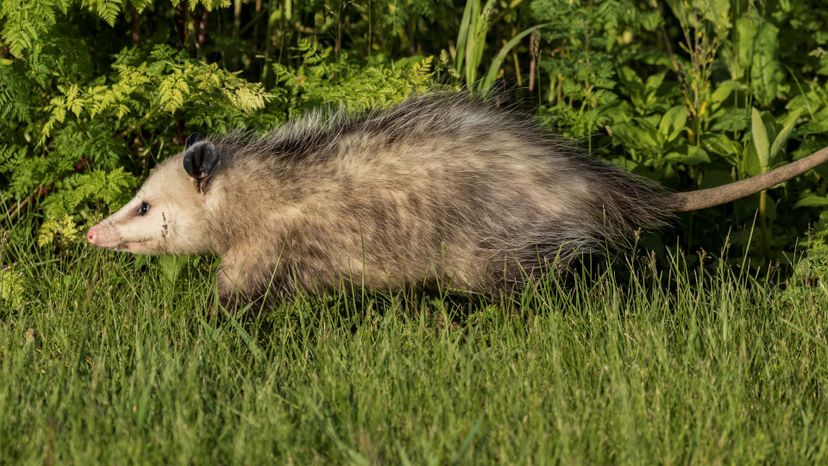
In North America, the twelve types of opossums are the only marsupials on the continent. When the female gives birth, the babies are no bigger than the top of a pencil. They quickly crawl into her pouch, where they stay until they are up to four months old.

As a type of marmot, the groundhog can grow to weigh up to 13 pounds. Also known as the woodchuck, it prefers to stock up on fat during the summer months. During the leaner winter months, it likes to hibernate like a bear.

Coming in at double the size of an average house cat, ocelots are one of the few types of cats that excel at swimming. With powerful fangs, it prefers to rip off large chunks of a fresh kill and swallow them whole rather than chewing them.
Advertisement
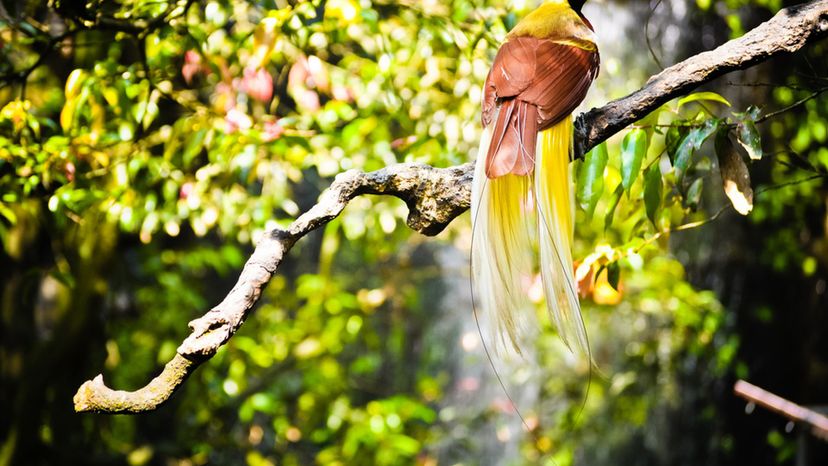
Native to New Guinea and parts of Australia, birds of paradise are known for their colorful plumage. Although there are still several species left, many were hunted into extinction by hunters who valued their feathers.
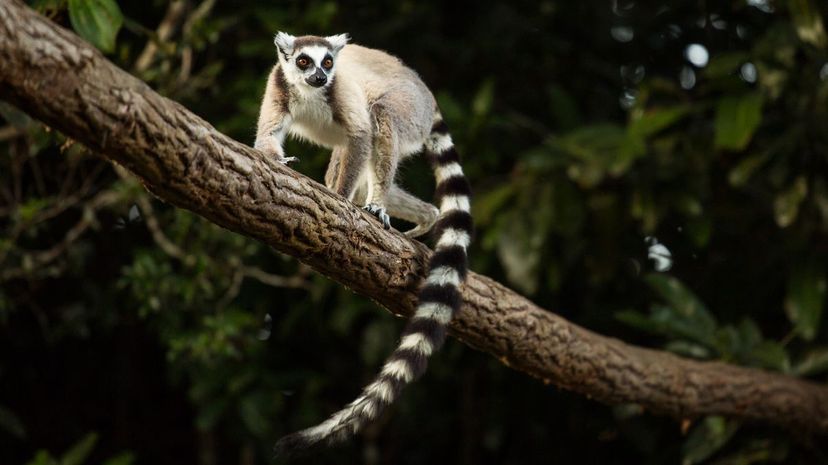
The lemur is the only primate you will find on the island of Madagascar. Though they may be small and adorable, they are not all that hospitable. During mating season, the males of the species use their powerful scent glands to try to smell worse than one another. Apparently, the ladies see it as a prize.

While male blanket octopuses are only about the size of a golf ball, females can grow up to six feet in length. It gets its name from the thin layers of skin that connect and surround each of its eight tentacles.
Advertisement
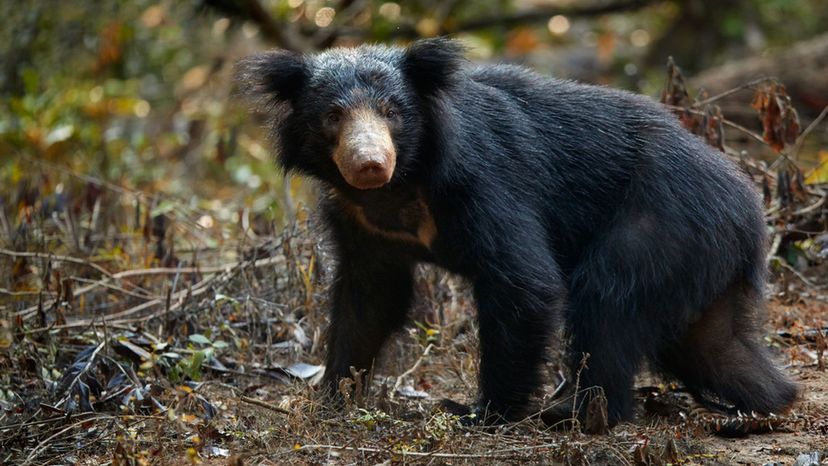
Although the sloth bear can weigh up to 300 pounds, it's really not much of a threat to you. This south Asian bear would prefer to use its snout to dig out termites than to raid your barbecue grill. When sloth bears have cubs, the cubs like to ride on their mothers' backs.

Primarily associated with Australia, the dingos found there are believed to have once roamed freely in Asia. Unlike wolves and other dogs, the dingo has a thinner and longer head. Dingos prefer to eat meat, but they are not opposed to scavenging for fruits or vegetables.

The striped skunk's ability to defend itself using its powerful scent glands is only one of its unique traits. While many other animals like to build their own dens, skunks don't mind using what they leave behind. They rarely build their own shelters.
Advertisement

Reaching up to 14 feet in length, the black mamba is not a snake you want to encounter. Capable of delivering a venomous bite that can be fatal in under two hours, black mamba bites are becoming more frequent as city dwellers push further into its habitat.
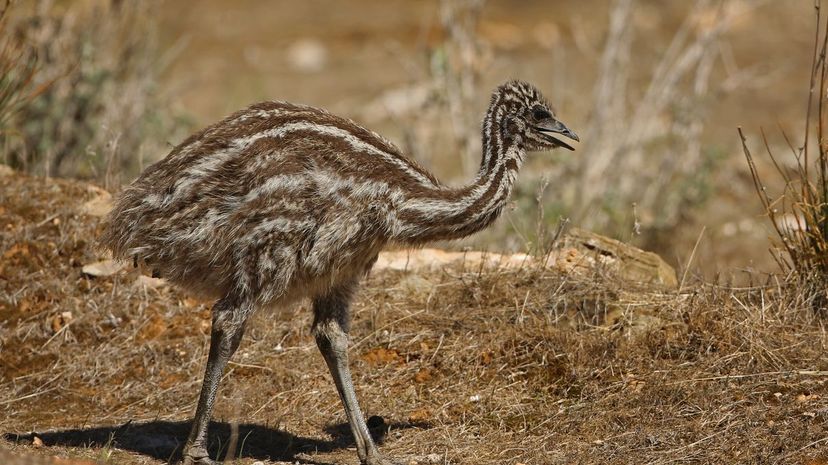
The long legs on the emu can make the bird stand over six feet tall! They can also allow this giant bird to run at speeds of up to 30 miles per hour. Found in Australia, New Guinea and Indonesia, emus are prized for their eggs, which can feed up to six humans.
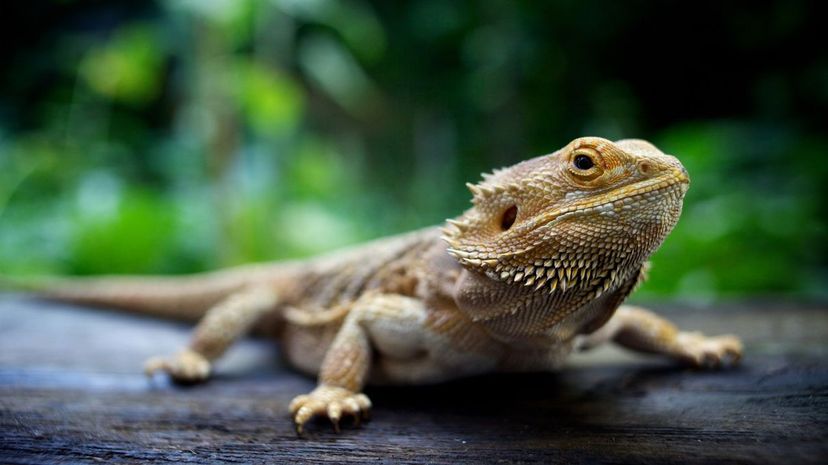
Bearded dragons thrive throughout portions of Australia, but they will fight to defend their corner of the world. When they are challenged, bearded dragons will puff out the spikes and skin around its head making it a dangerous opponent.
Advertisement
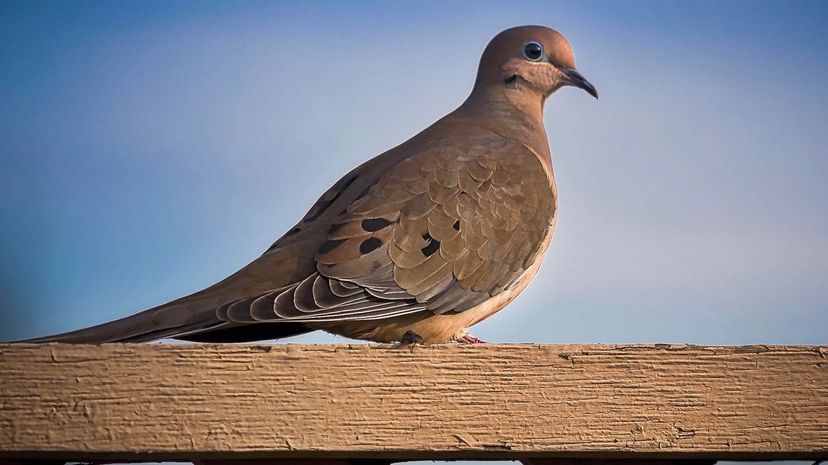
Closely related to the white doves we know as a symbol for peace, mourning doves are a lot more colorful. With a fancy assortment of feathers, mourning doves are found all over the North American continent.